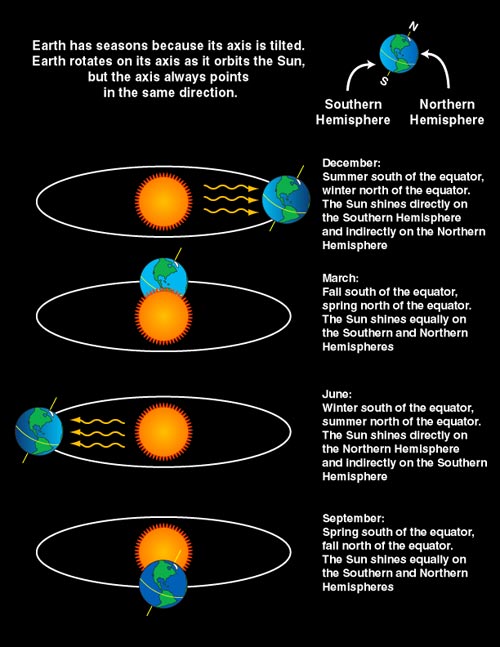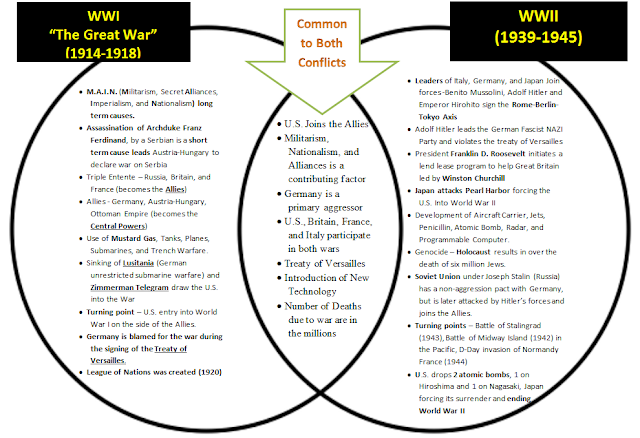TASC SCIENCE STUDY PACKET DAY 1: Earth and Space Science
Greetings T.A.S.C. Test Takers,
Sometimes we don't realize just how close the test date is and you may feel overwhelmed about the amount of studying that you need to do. For some people cramming a bunch of information the night before seems like the right answer. However, cramming is a high risk maneuver that may not yield the results you want. Instead try investing in short but focused periods of studying. In my personal experience with studying, 30 minutes of pure focus followed by stress free breaks can yield plenty of results come the day of the test. Whereas research by social scientists show that a regimented cycle of 52 minutes of work followed by 17 minutes of break can yield high results. The following study guide and practice is meant to be completed over 7 days. The completed study file can be downloaded here:
7 DAY TASC SCIENCE STUDY PACKET
If you are really in a pinch you can get through the material in less time. Just remember to give yourself a break. If you were seriously studying then you earned it. Remember this guide is by no means all inclusive of what you need to know for the science TASC exam, but I feel that if you can master this information you will have developed a solid content base and therefore be closer to achieving your 500 in the subject.
Earth and Space Science Day 1: Learners should be able to use a mathematical or computational representation to predict the motion of orbiting objects in the solar system.

The planets in our solar system can be divided neatly into two groups of four. The four inner planets (Mercury, Venus, Earth, and Mars) are relatively small, dense, and rocky. These are classified as terrestrial planets. Separated from the inner planets by the asteroid belt, the outer planets (Jupiter, Saturn, Uranus, and Neptune) are relatively large and composed mainly of gas. These are the gas giants. Planets that are further away from the sun naturally receive less heat, while those closer tend to be warmer.
Many people believe that Earth is closer to the sun in the summer and that is why it is hotter. And, likewise, they think Earth is farthest from the sun in the winter. Although this idea makes sense, it is incorrect. The distance from the sun does not dictate the seasons on the Earth, instead the seasons are determined by the tilt of the planet. During part of the year, Earth is closer to the sun than at other times. However, in the Northern Hemisphere (like in New York), we have winter when Earth is closest to the sun and summer when it is farthest away! Compared with how far away the sun is, the change in Earth's distance throughout the year does not make much difference to our weather. The tilt is also the reason why there is a night and day. Earth's axis is an imaginary pole going right through the center of Earth from "top" to "bottom." Earth spins around this pole, making one complete turn each day. That is why we have day and night.
Kepler’s 3 Laws of Planetary Motion describes how celestial bodies move around the Sun (star):

· The Law of Equal Areas - An imaginary line drawn from the center of the sun to the center of the planet will sweep out equal areas in equal intervals of time.




Comments
Post a Comment